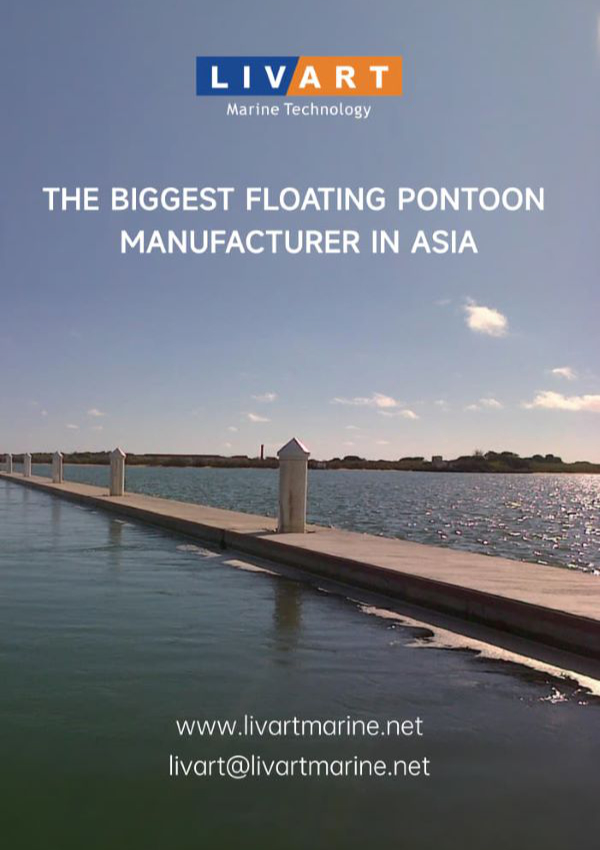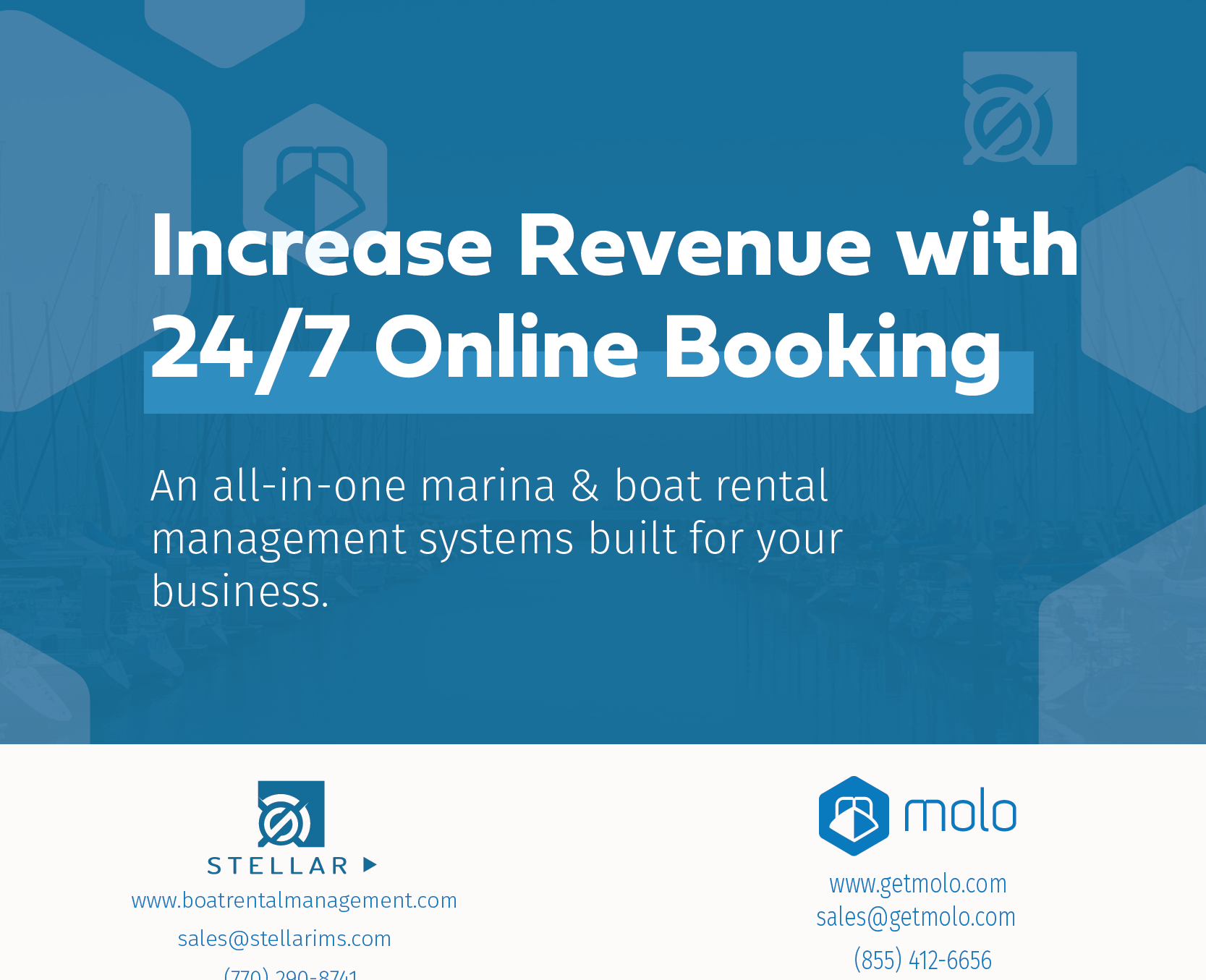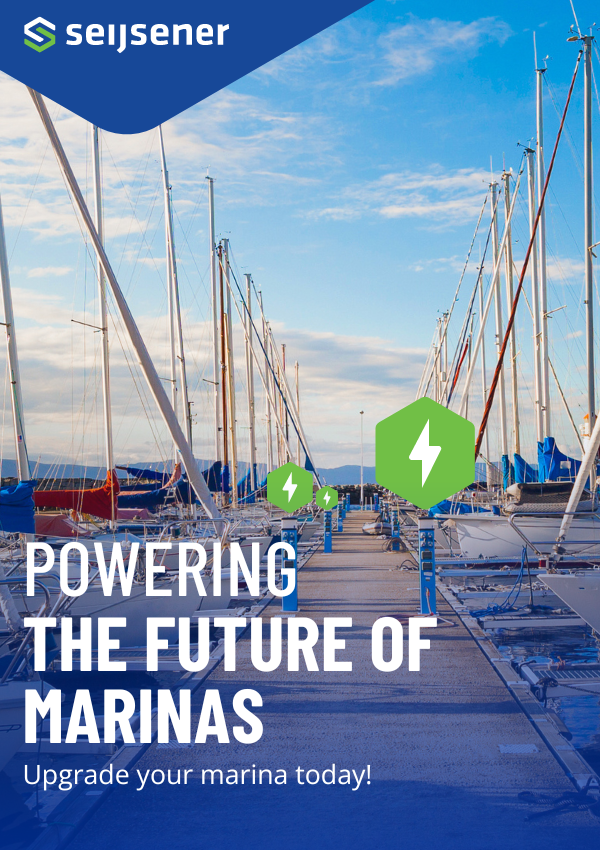When the seas rise – challenges and strategies
An emerging issue that we see given more and more emphasis across our portfolio of projects is the consideration given to the implication of future Sea Level Rise (SLR). This is an issue that arises primarily in new waterfront development projects, which is of little surprise as the impacts and reality of climate change are more obvious and often a project-wide concern.
by Mike Ward and Phil Dunn, Marina Projects Ltd

A simple SLR solution is to set quay walls and promenades at the necessary flood-level.
It is worth keeping in mind that this article touches on SLR in its broadest sense and as a solitary influence when, in reality, the consequential risk of flooding is actually a combination of factors such as tidal range, coastal surge, storm events, etc. There is also a distinction between coastal and fluvial flooding where the latter may present options for management rather than outright prevention.
Challenges
As marina and waterfront development consultants, we are constantly striving to reinforce the connection between the land and the water and removing or softening barriers that exist at this interface. This is about more than just operational requirements and a customer enjoying easy access to a berth. It is also about the development as a whole and the wider audience who wants to enjoy the waterfront and animation that a marina and on-water activity provides. Encouraging this interaction, in a safe and appropriate fashion is physical, visual and emotional. The challenge is acknowledging SLR and the need to reduce flood risk, whilst also satisfying operational needs today and in the future.
A simple solution is to set quay walls and promenades at the necessary flood-level or introduce a flood wall around the water’s edge. The nature of the fixed infrastructure would often call for 100 years or more of SLR to be accommodated. It can immediately be appreciated that addressing a predicted magnitude of SLR in this way has the potential to create a physical barrier or a ‘disconnect’ between the land and water. As explained, this is the precise opposite of what we are trying to achieve with an integrated approach to waterfront design.
Furthermore, a pre-emptive increase in quay wall level can impact on its functionality, particularly in locations of limited tidal range and where stern-to quayside berthing is to be provided. A solution can often be found through the introduction of pontoon berthing but this approach has limitations, particularly with respect to access, connectivity, need for longer access bridges and the ability to accommodate larger superyachts.

Designing on tiered levels gives full access to the water’s edge during normal water levels but provides a barrier if water rises.
Design solutions
There is a range of potential solutions and when designing in a marina setting some care is required to select the most appropriate design, rather than just applying a solution that has worked elsewhere. The solution should be technically resilient while providing character, uniqueness and sense of place.

Marina equipment, such as telescopic piles and floating pontoons, accommodate extreme events while maintaining marina access.
The final solution is likely to be a combination of measures, and a pontoon system may well have a part to play, satisfying the operational needs of users and providing segregation whilst also softening the impact of vertical quay walls.
In such scenarios, the marina equipment needs to be considered and must be designed to accommodate extreme events and maintain marina access, perhaps without creating a permanent installation at the extreme level. Examples include telescopic piles or dynamic mooring restraints that have additional capacity built-in.
A waterfront is required to adapt instantly to extreme storm events and the typical level may be the baseline for decades to come, whereas long-term increase in SLR requires a sequential approach. Here, the life of individual marina assets can assist, and solutions should be designed accordingly. For example, if a pile or access bridge has a 30-year design life, there is little point in designing for sea level rise over 100 years. Opportunity is provided for a business led approach, factoring in asset replacement and a change in market demand. Similarly, a staged approach can be applied to waterfront landscaping where, over time, terraces at lower levels are sacrificed or built up as SLR increases beyond the baseline level. Careful design attention must be given to services and their routing, and pontoon access points, building in some design redundancy (e.g. bridge length) but, again, with consideration to design life and asset replacement.

When retrofitting existing marinas, a flood wall and/or gate solution, as seen here at Royal Clarence Marina, Gosport, UK offers good protection.
As noted, it is likely that over time more attention will need to be given to retrofitting solutions to existing marinas and waterfronts. Opportunities will be more limited, and the luxury of landside space is often rare, meaning a flood wall and/or flood gate solution may be the only practical option. The resulting disconnect with the water, inconvenience for customer access, and impact on aesthetics is possibly overcome with creative solutions, often at the expense of water space. Examples might include floating terraces, suspended/floating boardwalks or floating cafés.
Summary
Early attention to SLR and a strategic ‘full life’ approach should lead to improved and creative solutions. Crucially, there is a need for architects, landscape designers and marina designers to work closely and share an understanding of the respective user requirements and how issues apply to a particular site/location. Careful attention must be given to the site conditions, its character and context to ensure an appropriate design solution across the life of the project.
www.marinaprojects.com



